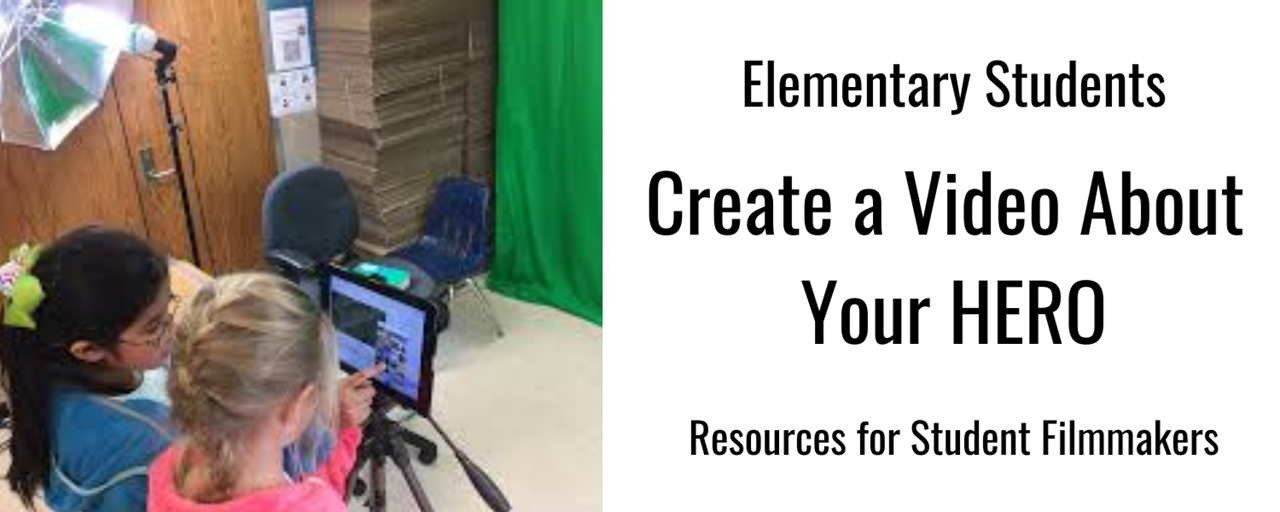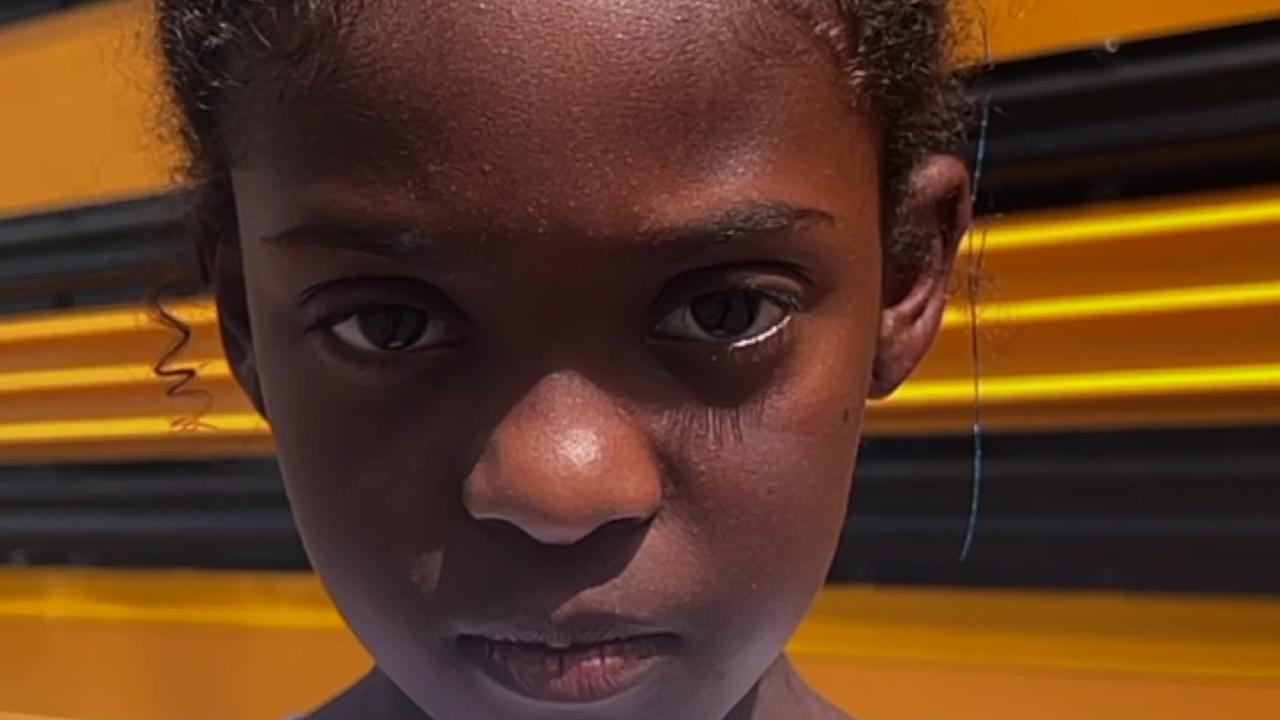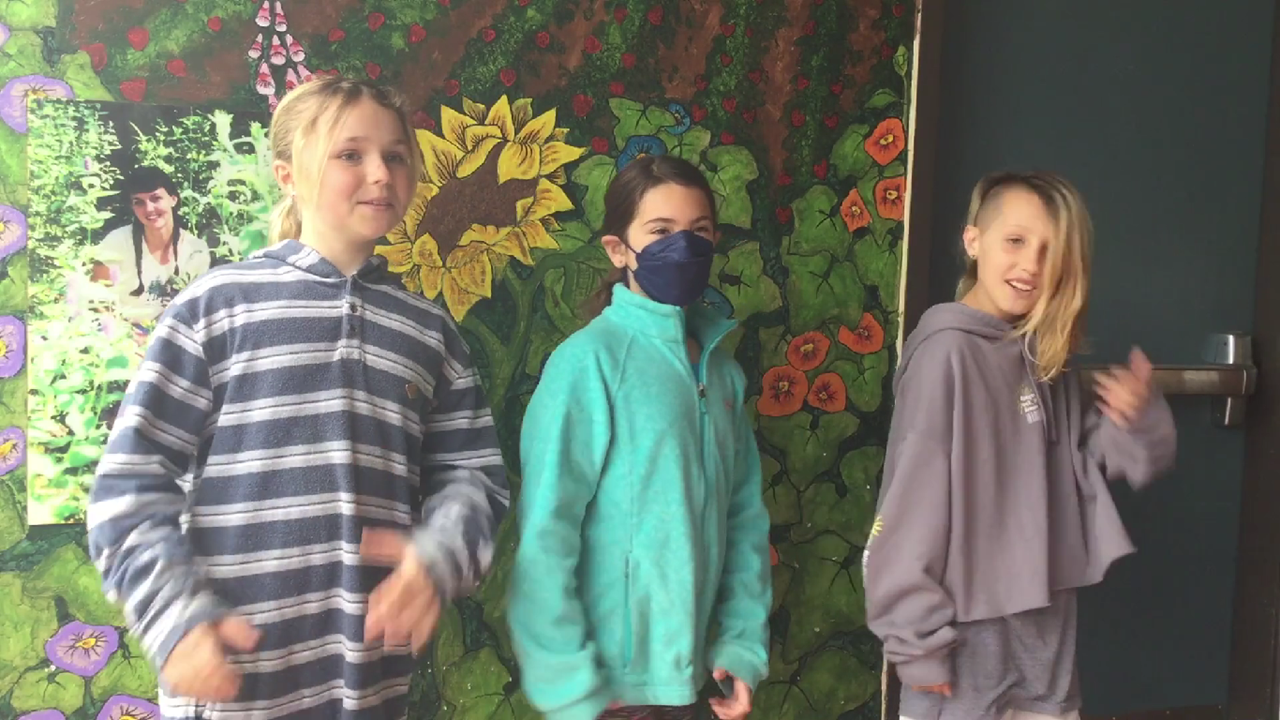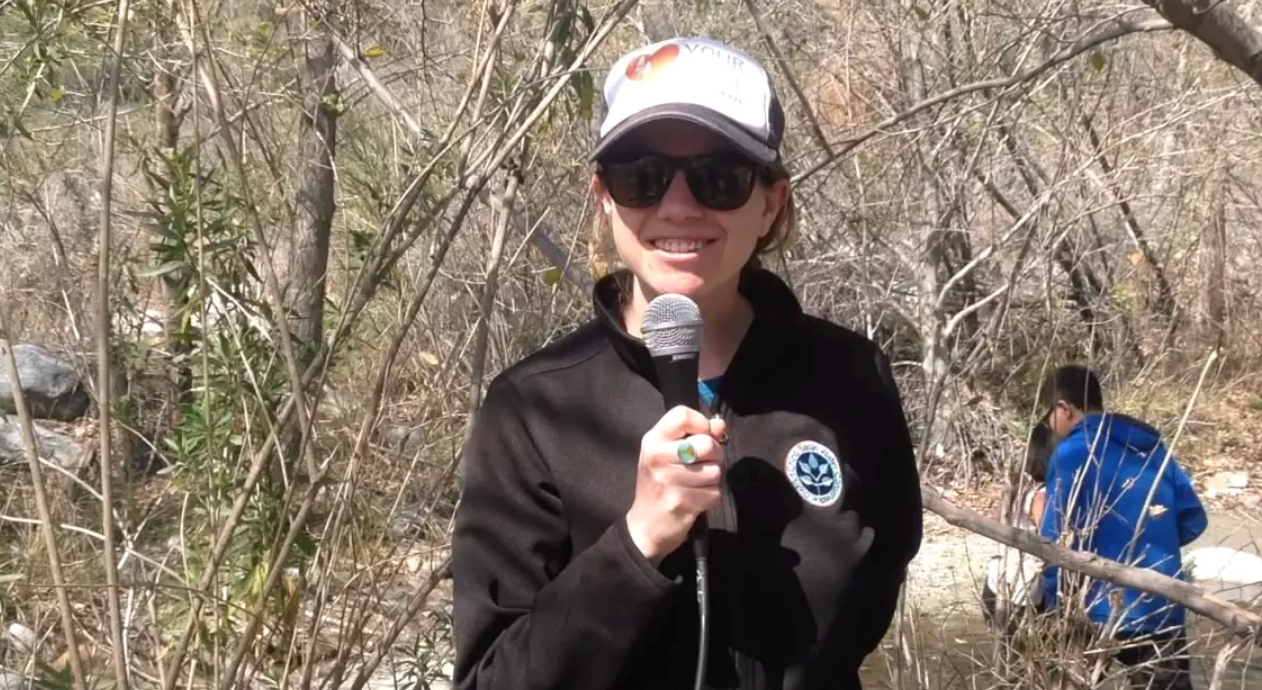MY HERO’s mission is to use media and technology to celebrate the best of humanity and to empower people of all ages to realize their own potential to effect positive change in the world. These free media arts education resources support all levels of media makers with the tools needed to produce meaningful hero films that can be shared with our global audience.

WEEK 1 | CHAPTER 1: YOUR MISSION
CHAPTER SNAPSHOT
Like any project, this one starts with a prompt:
Tell the story of a hero through a film that entertains, informs, and inspires positive change in the world.
You can make your film about anyone you consider to be an inspiration for positive change. It can be someone alive or dead, famous or not, international or local. Your film should:
1. Show your passion for the topic.
2. Show evidence of thorough research of the topic and the hero.
3. Tell a real life story.
4. Feature original and/or archival footage and interviews, if possible.
5. Run 10 minutes maximum, but shorter is also okay.
Achieve your ultimate goal: to recognize and celebrate the best of humanity.
WEEK 2 | CHAPTER 2: CHOOSING AN ISSUE AND A YOUR HERO
CHAPTER SNAPSHOT
There are many paths to identifying your hero and the story you wish to tell. This chapter offers three possible avenues to getting started:
1. What do you care about? Identify an issue that interests you, then research possible heroes who are working to fix problems related to that issue.
2. Who are your heroes? Identify someone you consider a hero, then research the issue they are trying to fix.
3. Look around you. Who do you have access to? Consider people in your community who have overcome obstacles; these people can be heroic in the inspiration they give us. Have a conversation with someone you love or admire. Explore the stories all these people have to share - you may discover something heroic about them.
WEEK 3 | CHAPTER 3: ASKING QUESTIONS
CHAPTER SNAPSHOT
Got your hero? Great! Now it’s time to do some research.
If your hero is someone alive and accessible for you to interview, you need to prepare for that interview. But whether or not you’re able to interview your hero, you’ll need to understand the hero’s background and the problem they have worked to address. In other words, you need to research your topic. Here are some tips:
1. Start on the right path. Find out which research tools and databases are available to you through your school and local library. These tools will lead you to better sources and information faster than a general internet search.
2. Question everything. Evaluate the quality of your sources and watch out for misinformation as you research.
3. Have a plan. Write down everything you already know about your issue and hero. Then write down as many questions as you can about the hero and issue. Use these questions to guide your research.
WEEK 4 | CHAPTER 4: GETTING READY TO FILM - PART 1
CHAPTER SNAPSHOT
It’s time to think about how you are going to bring this film to life. You might want help!
Keep in mind your hero and the research you have done as you consider these big questions about the kind of film you want to make and how you want to make it:
1. What type of documentary will you make? There are a number of documentary styles you can use for your film, including expository and participatory.
2. Who is your film crew? A crew is the group of people who make the film. While it’s possible to make this entire film on your own, it can be helpful to have different people helping with the camera, microphones, and other tasks.
3. What equipment will you use? You can make an outstanding film regardless of how expensive or complex your equipment is, but you’ll want to make sure you have a reliable way to record audio and video and save large files.
WEEK 5 | CHAPTER 5: GETTING READY TO FILM - PART 2
CHAPTER SNAPSHOT
It’s time to get ready to do some interviews! But where to start?
Follow the steps below to make sure you get access to the most interesting interviewees and conduct the most successful interviews possible:
1. Identify possible interview subjects. Who will you interview? One obvious answer may be your hero. But perhaps that person is deceased or too famous or busy for an interview. Whether your hero is available or not, you will want to try to film people talking about how they have been affected by your hero’s actions.
2. Request and schedule the interviews. Request interviews as far ahead of time as possible. Be polite but persistent when contacting your interviewees.
3. Plan your questions. When you finally sit down with your interviewees, you will want to be armed with strong background knowledge and a deep list of well-crafted questions.
WEEK 6 | CHAPTER 6: EDITING - PART 1
CHAPTER SNAPSHOT
One of your interview subjects said yes! What do you do next?
It’s crucial that you find the right location for filming your interviews and that you have made sure all of your equipment is working properly.
1. Choose an interview location. You will want to discuss this with the person you are interviewing. The location should be a quiet place with good lighting that is convenient and comfortable for your interviewee.
2. Get familiar with your equipment and learn some basics of filming. Knowing a bit of basic info about lighting, framing, focus, and sound will help a lot!
3. Set up your equipment and practice, practice, practice! Conduct at least one practice interview before the real thing.
WEEK 7 | CHAPTER 7: EDITING - PART 2
CHAPTER 7 SNAPSHOT
In addition to interview footage, you will want to capture b-roll for your film.
B-roll is supplemental footage that can be intercut with interviews and narration to add action, context, imagery, and visual and auditory variety alongside the interview.
1. What do you want to film? In addition to interviews, you’ll want to get establishing shots and other footage that gives the audience a sense of where different moments are taking place in a physical and emotional sense. Exteriors of places where interviews take place can make good establishing shots, for example. But also look for interesting scenes in the city, town, and/or natural world around your interviewee. When possible, film the interviewee in some of these places.
2. What types of shots do you want? You’ll not only want a variety of b-roll footage, you’ll want to capture that footage using a range of shots, such as long, medium, and closeups shots, from a variety of angles.
WEEK 8 | CHAPTER 15: WATCHING AND SHARING YOUR FILM
CHAPTER 15 SNAPSHOT
You’ve finished your film!
Now it’s time to let an audience see it! There are a number of ways to do so:
1. Submit to MY HERO’s Woj Youth Reporter Contest using this link.
2. Submit to other contests.
3. Hold a local screening.
4. Post on Youtube, Vimeo, or other video-hosting platforms.
NOTE: Posting your film on a video platform or social media might disqualify it for entry to certain contests, depending on the specific rules of each contest.
SUBMIT YOUR FILM TO THE MY HERO INTERNATIONAL FILM FESTIVAL. ONGOING SUBMISSIONS ACCEPTED
Examples of Short Films Created by Elementary Students





Organizer created on 8/18/2021 3:54:41 PM by Wendy Milette
Last edited 7/23/2025 5:34:16 PM by Santos Herrera